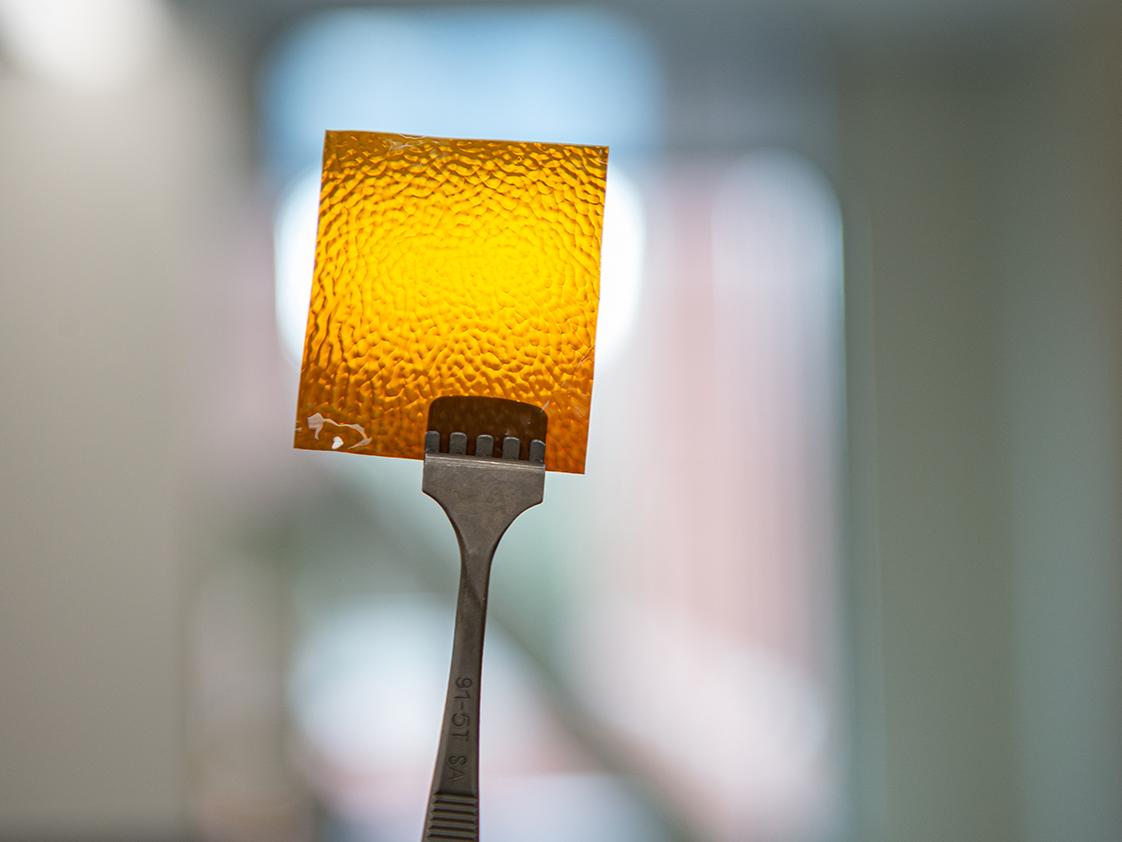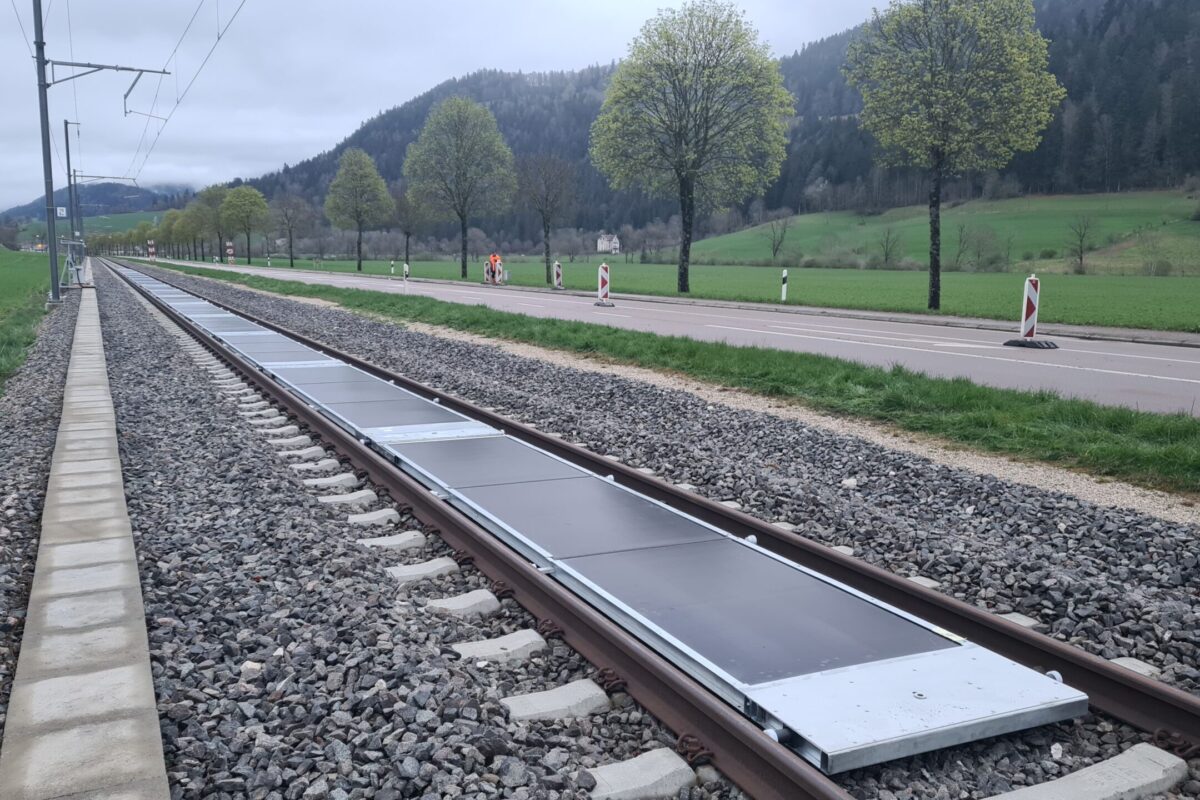A research team led by Chris Arges, Penn State associate professor of chemical engineering, demonstrated that the purification of hydrogen can be simplified using a pump equipped with the PEM and phosphonic acid ionomer electrode binder. “The researchers used an electrochemical hydrogen pump to both separate and compress hydrogen with an 85% recovery rate from fuel gas mixtures known as syngas and 98.8% recovery rate from conventional water gas shift reactor exit stream,” Penn State University wrote on Monday. According to the researchers, the electrochemical pump can work at temperatures of 200 to 250 degrees Celsius, “20 to 70 degrees higher than other high-temperature-PEM-type electrochemical pumps, which improves its ability to separate hydrogen from the unwanted gasses.”
Meanwhile, scientists at the University of Aberdeen in the United Kingdom are starting a £250,000 research project that aims to achieve “a world first” by using a plasma electrolyzer to convert carbon dioxide into hydrocarbons for energy use. “Through this process, they will aim to create an electrochemical reaction by applying a voltage between two electrodes in a weakly ionized gas, resulting in the reduction of CO2 and the oxidation of hydrogen. This combination of plasma-catalysis and electrocatalysis could allow the use of renewable electricity generated by renewable sources to power a plasma electrolyzer, in an entirely new process that would efficiently convert CO2 back to hydrocarbons, reducing CO2 emissions as part of a circular economy model,” the University of Aberdeen wrote on Thursday. The project, led by Angel Cuesta Ciscar and Panagiotis Kechagiopoulos, is one of ten projects announced on Thursday by UK Research and Innovation (UKRI) to achieve a net-zero society by 2050.
The Brunel University London aims to develop a new type of liquid ammonia blended with hydrogen that can overcome incomplete combustion and poor engine performance when ammonia is used in combustion engines. The team led by Xinyan Wang focuses on marine vessels and long-haul vehicles.
Another project led by Loughborough University’s Wen-Feng Lin aims to use seawater to store renewable energy. “This project aims to deliver on this ambition by overcoming challenges to the development of seawater electrolysis, which uses renewable energy to split seawater into oxygen and hydrogen gas,” UKRI wrote. A fourth project led by Cardiff University’s Marc Pera Titus aims to develop redox flow batteries “that use and reuse H2 carriers without the need for toxic or expensive components.”
Munich-based Siemens Energy announced it would start producing Proton Exchange Membrane (PEM) hydrogen electrolyzers in Berlin. “Start of production at the location Huttenstrasse in Berlin’s Moabit locality is scheduled for 2023,” the company said on Thursday, explaining that the first gigawatt production beginning in 2023 was part of a broader plan for a multi-gigawatt factory. Siemens Energy will use an existing production hall that is currently manufacturing gas turbines. “New production lines for the electrolyzers are being set up on 2,000 square meters at a cost of around €30 million.” According to the German company, the electricity used in electrolyzer manufacturing will be sourced entirely from renewables.
Oslo-based Nel Hydrogen Electrolyser, a subsidiary of hydrogen solutions company Nel, has received a €3 million order for an alkaline electrolyzer system “from an undisclosed European customer to provide green hydrogen to the European market.” In Thursday’s press release, the company did not clarify the delivery period. Earlier in March, the company received a €2 million order for an alkaline electrolyzer system from Solar Foods, with delivery due in late 2022 or early 2023.
Dutch energy company Eneco joined the NortH2 green hydrogen consortium as an investment partner, while Dutch producer and distributor of hydrogen-based products OCI teamed up with NortH2 as a collaborative partner. “These two partnerships underline the need to move quickly towards integrated development for the entire green hydrogen value chain,” wrote NortH2 on Thursday. Eneco, which is aiming at climate neutrality by 2035, plans to make further investments in green hydrogen, alongside NortH2, the company wrote in its press release. “With ~50% of current global hydrogen production already used as a feedstock in ammonia and methanol production, the switch to green hydrogen at OCI is technologically straightforward and relatively fast when compared to other sectors,” OCI wrote. NortH2 is a large-scale offshore wind-to-hydrogen electrolysis project being developed in the Eemshaven area. Eneco, Shell, Equinor, and RWE want to produce a large-scale supply for the industry of up to 4 GW by 2030. During its current feasibility phase NortH2 consists of Equinor, RWE, Shell, and Gasunie with the support of Groningen Sea Ports.
The German Hydrogen and Fuel Cell Association (DWV) will receive €1.4 million in funding for the HyMobility innovation cluster, which aims to create a network and an innovation platform to promote hydrogen mobility and boost confidence in zero-emission vehicle technology using hydrogen. The association will propose regulatory measures. “Thanks to the financial support for the HyMobility innovation cluster, we are able to create a network for the exchange of knowledge and experience between the areas of H2 production, vehicle manufacturers and users, and infrastructure. In this way, we are linking players along the entire value chain,” commented DWV Chairman Werner Diwald, underlining the importance of hydrogen for heavy-duty transport. The HyMobility project is being funded by the German Federal Ministry of Digital Affairs and Transport as part of the National Hydrogen and Fuel Cell Technology Innovation Program.
This content is protected by copyright and may not be reused. If you want to cooperate with us and would like to reuse some of our content, please contact: editors@pv-magazine.com.


1 comment
By submitting this form you agree to pv magazine using your data for the purposes of publishing your comment.
Your personal data will only be disclosed or otherwise transmitted to third parties for the purposes of spam filtering or if this is necessary for technical maintenance of the website. Any other transfer to third parties will not take place unless this is justified on the basis of applicable data protection regulations or if pv magazine is legally obliged to do so.
You may revoke this consent at any time with effect for the future, in which case your personal data will be deleted immediately. Otherwise, your data will be deleted if pv magazine has processed your request or the purpose of data storage is fulfilled.
Further information on data privacy can be found in our Data Protection Policy.